Fine, richly coloured and highly detailed portrait of a lady picking oranges c.1655 from an artist in the circle of Sir Peter Lely (1618-1660)
The elegant silk-clad sitter is depicted half length in a confection of richly coloured drapery which is held together with jewelled fastenings and has strings of pearls strung across it. Her cloak is formed from fabric that has been woven with thin stripes of metal thread or ‘tinsel’ that was designed to catch the light.
She stands next to an orange tree which sits within and urn decorated with a grotesque mask. Her elegant neck is extended and as she turns to face the viewer she picks an orange. The artist has typically chosen to emphasise the smooth milky white skin of the sitters gently sloping shoulders and décolletage, which are further offset by her pearl necklace and earrings.
To complete the look her hair is worn in curls, some of which are piled vertiginously atop her head, whilst others cascade naturalistically around her bare shoulders. It is also perhaps worth noting the expressive use of the sitters lower arms as a focus of attention and site of erotic appeal as she gathers the fruit in the hem of her costume.
Seventeenth century audiences would have been well aware of the symbolism of fruit and flowers present in paintings. The presence of both in this painting securely identifies the plant as an orange tree which can be associated with fecudity, as the tree bears both fruit and flowers at the same time, and can produce so many of both.
Orange blossom was firmly associated with brides by the nineteenth century (when Queen Victoria was gifted betrothal jewellery with this iconography by Albert, and also chose to wear a wreath of orange blossom rather than a tiara.
In the seventeenth century oranges were an expensive and luxurious import from Spain and Portugal – and therefore a fitting fruit to display in homage to Queen Catherine of Braganza. As seen in this portrait, orange trees were grown in large pots which were kept outside in Summer and taken inside to over winter in a heated environment.
Of rare small size, this fine work is in an excellent state of conservation. It is housed in a later 18th century carved and gilded ‘centre and corner’ frame with a wonderful mellow patina.
I am most grateful to Jacqui Ansell Costume Historian and Senior Lecturer, Christie’s Education for the detailed information and analysis that she has provided on fashion and costume.
Higher resolution images on request.
Worldwide shipping available.
Canvas: 24” x 28" / 61cm x 71.5cm.
Framed: 31" x 35" / 79cm x 89cm.





























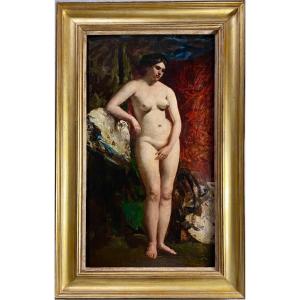





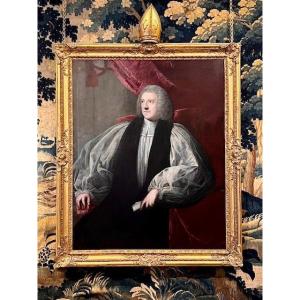

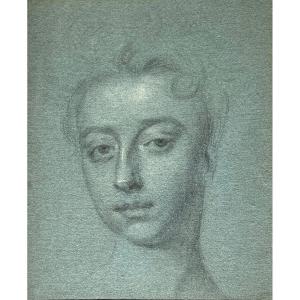

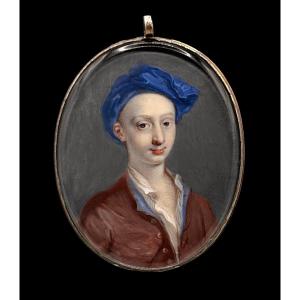
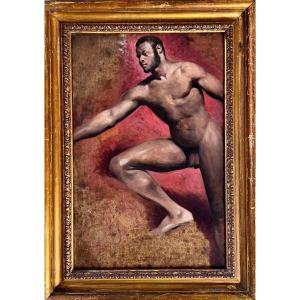
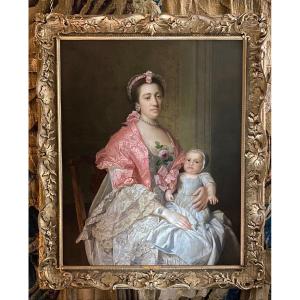

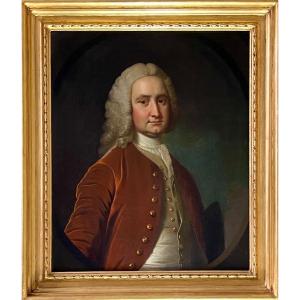


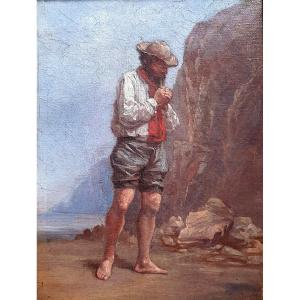



 Le Magazine de PROANTIC
Le Magazine de PROANTIC TRÉSORS Magazine
TRÉSORS Magazine Rivista Artiquariato
Rivista Artiquariato